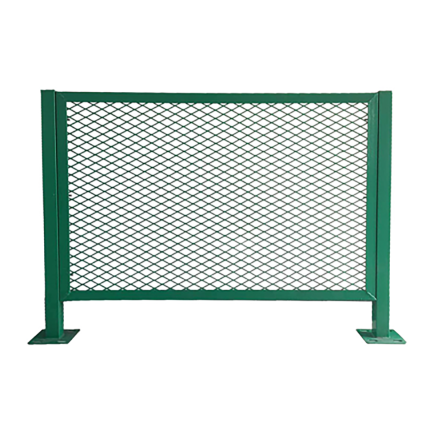The Versatility of Custom Perforated Metal Panels
Perforated metal panels are increasingly becoming a favored choice in various architectural, industrial, and decorative applications. Their versatility, coupled with the ability to customize them according to specific needs, makes them an ideal material for a variety of projects. Custom perforated metal panels offer not only functionality but also aesthetic appeal, opening a world of possibilities for designers and architects.
What Are Perforated Metal Panels?
Perforated metal panels are flat sheets that have been punctured with a series of holes in a specified pattern and layout. These panels are typically made from materials such as aluminum, stainless steel, or mild steel, making them durable and suitable for various environments. The size, shape, and arrangement of the holes can be tailored to meet individual specifications, which is where the custom aspect comes into play.
Advantages of Customization
The customization of perforated panels brings numerous advantages. First and foremost, it allows designers to create unique designs that align with their vision or the branding of a corporate identity. Whether one seeks a sleek, modern look or a more traditional aesthetic, custom perforated panels can be designed to fit the desired style.
Additionally, the customization process allows for optimization in functionality. Depending on their application, panels can be designed for specific light transmission, airflow, or to manage rainwater runoff. For instance, in a building facade, panels can be engineered to provide shade while still allowing natural light to permeate the interiors. This balance between openness and privacy can be achieved through careful planning and design.
Applications in Architecture and Design
custom perforated metal panels

Custom perforated metal panels are utilized in a wide range of applications within architecture and design. One of the most popular uses is in building facades. Perforated panels add an intriguing visual layer to the exterior of a structure, which can transform the appearance of a building and enhance its aesthetic value. Furthermore, these panels can be used to improve energy efficiency, as they can help control heating and cooling depending on their design.
Another common application is in interior design. Perforated metal panels can serve as room dividers, ceiling elements, or even furniture components. Their ability to contribute to acoustics by reducing noise levels makes them suitable for open office plans and public spaces where sound management is essential.
Additionally, these panels can also be employed in landscapes and gardens. Perforated screens can create privacy while allowing for good airflow. They can also serve as decorative features in courtyards, parks, or commercial spaces, enhancing the overall environment while providing functional benefits.
Sustainability Considerations
As sustainability becomes an increasingly vital concern in construction and design, the use of custom perforated metal panels can align with eco-friendly practices. Due to their durability and long lifespan, these panels often require less maintenance and replacement than other materials. Moreover, when made from recyclable metals, they contribute to an overall reduction in waste.
Conclusion
Custom perforated metal panels stand out as a versatile and essential option in modern design and architecture. From enhancing aesthetic appeal to optimizing functionality, their applications are manifold. By allowing for endless customization in terms of design and performance, these panels provide unique solutions for architects and designers looking to push the boundaries of creativity while adhering to principles of sustainability. As trends continue to evolve, perforated metal panels will undoubtedly maintain their place as a favored material in the architectural toolkit.
-
Why Galvanized Trench Cover Steel Grating Resists Corrosion
NewsJul.10,2025
-
The Versatility and Strength of Stainless Expanded Metal Mesh
NewsJul.10,2025
-
Load Calculations in Steel Grating Platforms
NewsJul.10,2025
-
Keeping Pets and Kids Safe with Chicken Wire Deck Railing
NewsJul.10,2025
-
Hole Diameter and Pitch for Round Perforated Metal Sheets
NewsJul.10,2025
-
Aluminium Diamond Mesh in Modern Architecture
NewsJul.10,2025
Subscribe now!
Stay up to date with the latest on Fry Steeland industry news.

